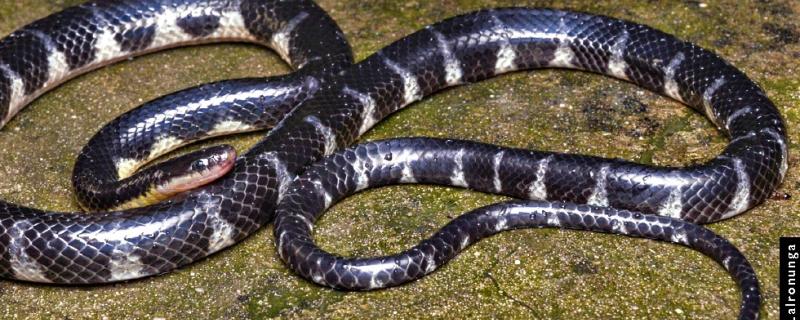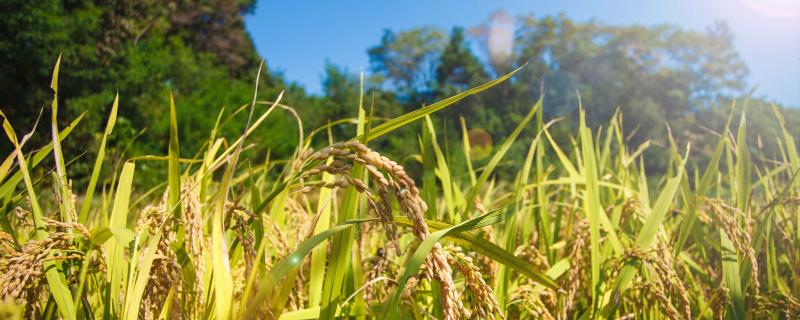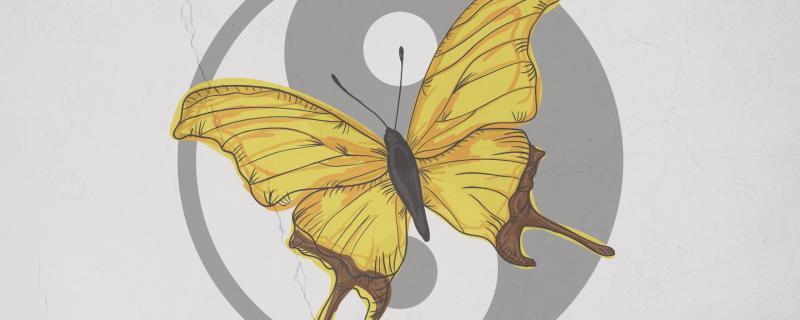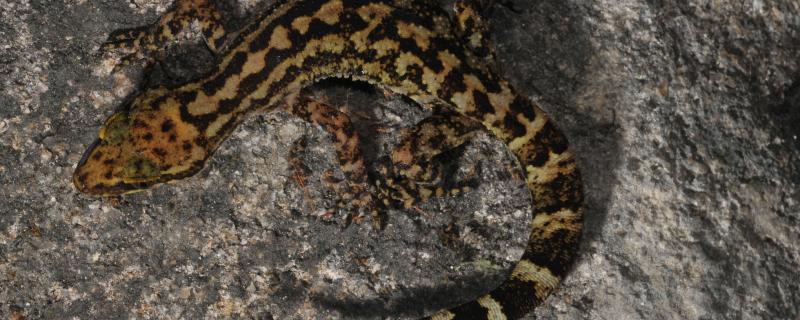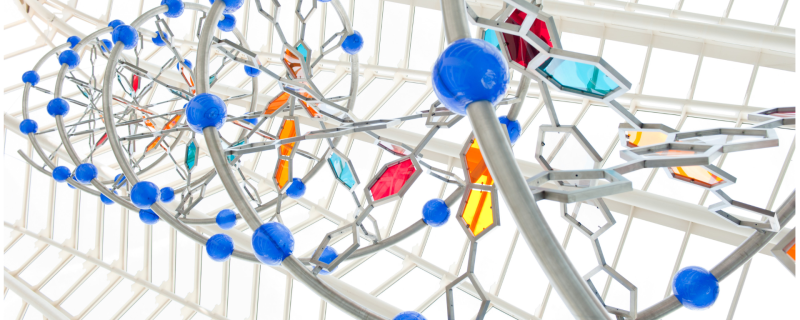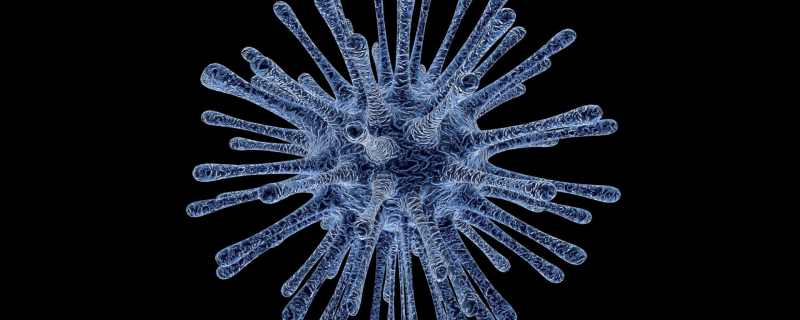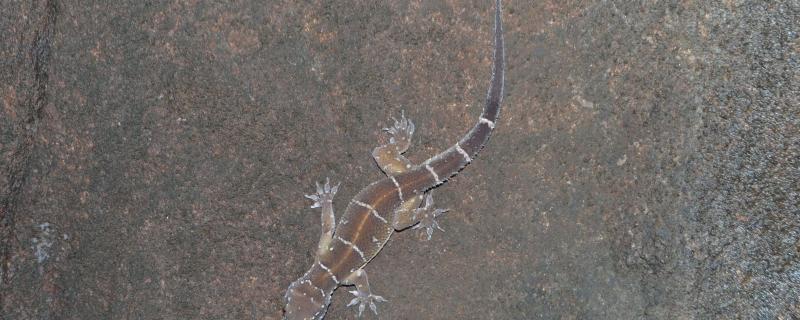Every year, since 2010, the 29th of July is celebrated as the International Tiger Day to raise awareness about tiger conservation. India is home to over half of the world's tigers. New tiger populations are still being discovered, with one as recent as last year, in the Eastern Himalayas at altitudes of 3,630 metres. In 2010, India reportedly had 1,706 tigers, and this number increased to 2,226 in 2014. Isn't a 30% increase in population in just four years remarkable?
Image: Dolomedes indicus, Adult Female (left) and adult male (right). Credit: Authors https://doi.org/10.1038/s41598-025-26308-2
Wayanad/


